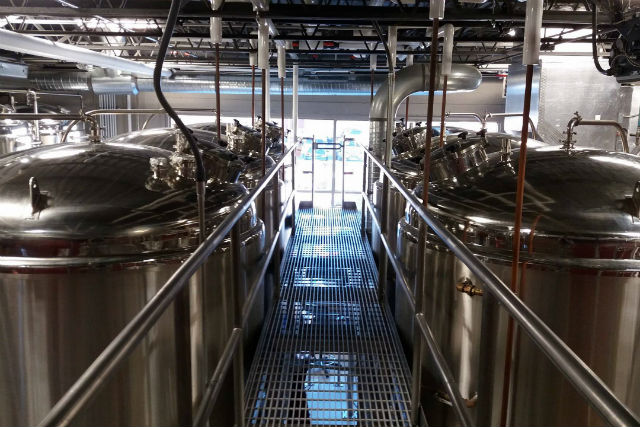
When Matt Kahn first opened Big Ditch Brewing, he was okay with inefficiency, as long as the beer was good. However, over time, he and his staff started figuring ways to make his time and money more efficient, again, without sacrificing quality, along with many breweries in the same situation where after growing they wanted to keep the quality but make it more efficient.
The brewery has been continually in growth mode since opening — currently brewing 30 times more beer in the brewery per week than when Big Ditch opened less than four years ago.
“It starts with adding staffing and training, and then adding more tank capacity in the form of fermenters and brite tanks,” Kahn said of improving the brewery’s workflow.
Monday Night Brewing‘s COO and co-founder Joel Iverson said it’s not really no single thing, but rather lots of little tweaks to the process that can save time and increase output.
“Our brewers are working hard shepherding multiple batches at a time,” he said. “The right processes in place are able to help them with that. We realized the biggest money saver was investing in a grain silo. Not only was that a money saver for it, we quickly realized that it also saved a lot of time.”
Keeping close track of inventory and making bigger orders from suppliers, as opposed to frequent small orders, saves Angel City on shipping costs.
“Getting a handle on what beer we need for supply/demand means we only brew what’s need which translates to less beer waste,” said head brewer Layton Cutler. “These two things were done from the start but as time goes by you get better on ways to save money. Also, we will be getting a grain silo in the next few months, which allows us to buy two-row malt in bulk equaling more savings.”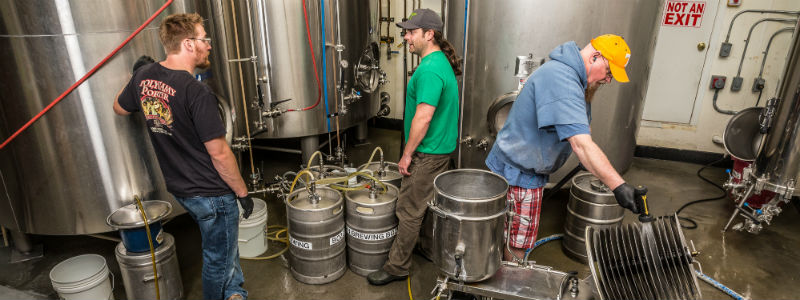
Big Ditch started with five 40-bbl fermetors and one 40-bbl brite tank. Now they have eight 60s and two additional 60-bbl brites along with the 40-bbl brite.
After that, it became about efficiency -— improving yield and reducing turnaround time for each batch, without sacrificing quality.
“We purchased an inline carbonator which took our carbonation time from 24-48 hours down to about five hours, we purchased flow meters to measure and control transfer to maximize efficiency,” Kahn said, “we improved our yeast measurement and pitching systems to get faster more consistent fermentations, and we improved our water systems so we could do multiple things at once, like brew beer and wash kegs.”
All of these little things helped Big Ditch get the most out of their equipment and space, and ensure they used their time effectively.
“Adjusting our mill gap to get better malt efficiency was a pretty big one,” Kahn added. “We purchased a silo and began receiving our malt in bulk, which saved us money on malt, space in our warehouse, and time opening bags.
“We eliminated some non-value added steps in our process, like time spent in whirlpool. All of this has made us way more efficient and improved our costs.”
Hop & Sting‘s biggest time and money savers came from the structure of their staff said co-founder and owner Brian Burton.
“Every owner/officer is an active participant in the brewery,” he noted. “Jon Powell and I are experienced brewers, who have run other breweries. I even ran our new facility for a year when it was Grapevine Craft Brewery. We do not have to hire, pay, and train a staff to do any of the work. Lane, our other partner, is good at everything we are not (sales, marketing, facility maintenance, packaging). Jon also handles most of the financials and office admin tasks.”
Automation of Bozeman Brewing‘s packing line has been a huge savings over time in man power pointed out GM Tucker Kalberg.
“A new yeast harvesting/pitching protocol has produced a large reduction in cycle times,” he said. “Most if not all of our biggest time/money saving ventures have come about over time.”



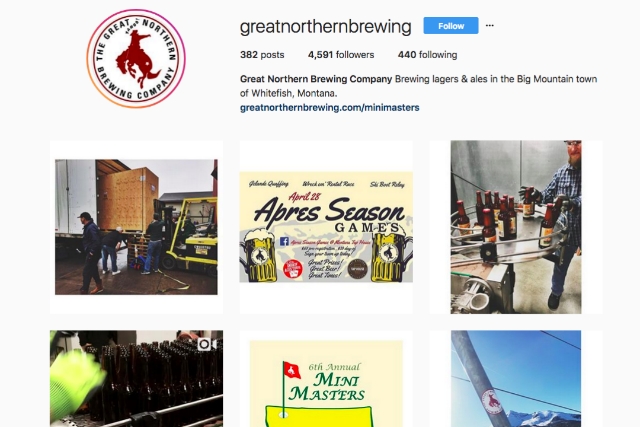
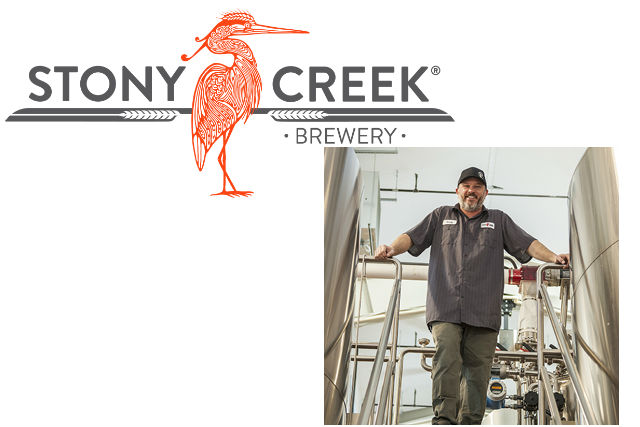
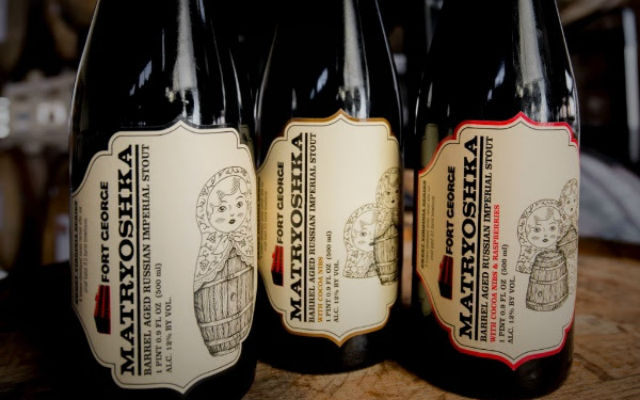
1 Trackback / Pingback